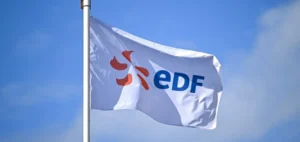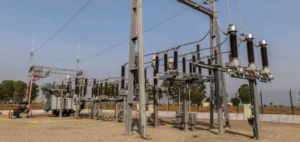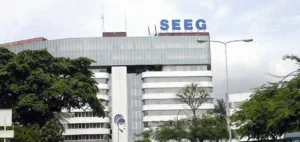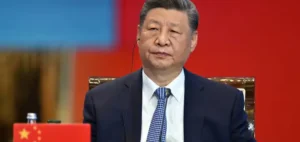South Africa’s Ministry of Electricity and Energy has officially enacted a new regulation on electricity transmission infrastructure, establishing a comprehensive legal framework to govern the development and management of the national grid. This legislative milestone aims to strengthen regulatory transparency, reassure investors and accelerate project implementation under the Infrastructure Transmission Programme (ITP).
A framework designed to secure investment
The regulation applies to all actors involved in the electricity transmission value chain: buyers, service providers, public authorities and regulatory bodies. It outlines the responsibilities of the public entity TSO SOC for infrastructure that does not require ministerial approval, in accordance with section 34B of the Act. The primary objective is to enable private sector participation in the creation of new transmission capacity, while maintaining system reliability and regulatory consistency.
Transmission Services Agreements (TSA) must meet strict requirements, including appropriate risk transfer, robust contractual mechanisms, and due diligence on transmission projects. Buyers are expected to cooperate with all relevant parties, provide access to necessary data, and ensure that each agreement delivers optimal value.
Clear mechanisms for cost recovery
The regulation introduces a rigorous methodology to allow buyers to recover incurred costs through regulated tariffs. These costs include development expenses, payments to service providers, administrative fees, and risks linked to contract terminations. Buyers can obtain prior confirmation of recoverable cost categories, ensuring long-term budget predictability for projects.
The regulator is required to ensure that all efficiently incurred costs are recoverable, integrating this requirement into tariff-setting and licensing conditions. This aims to promote predictable project profitability and encourage the financing of critical infrastructure.
Alignment with grid reliability objectives
The new rules accelerate the planning and implementation procedures for projects to ensure grid reliability and security of supply. They also facilitate the connection of new generation units, strengthening the country’s capacity to meet growing demand. The framework provides for enhanced coordination between stakeholders, with provisions for cross-border projects and exceptional cases.
This regulatory package marks a strategic turning point in the structuring of South Africa’s electricity market. By reinforcing private sector access to regulated projects and securing investment returns, it responds to an urgent need to modernise the transmission network. It lays the foundation for improved operational stability while adapting to the challenges of increasing generation capacity.






















